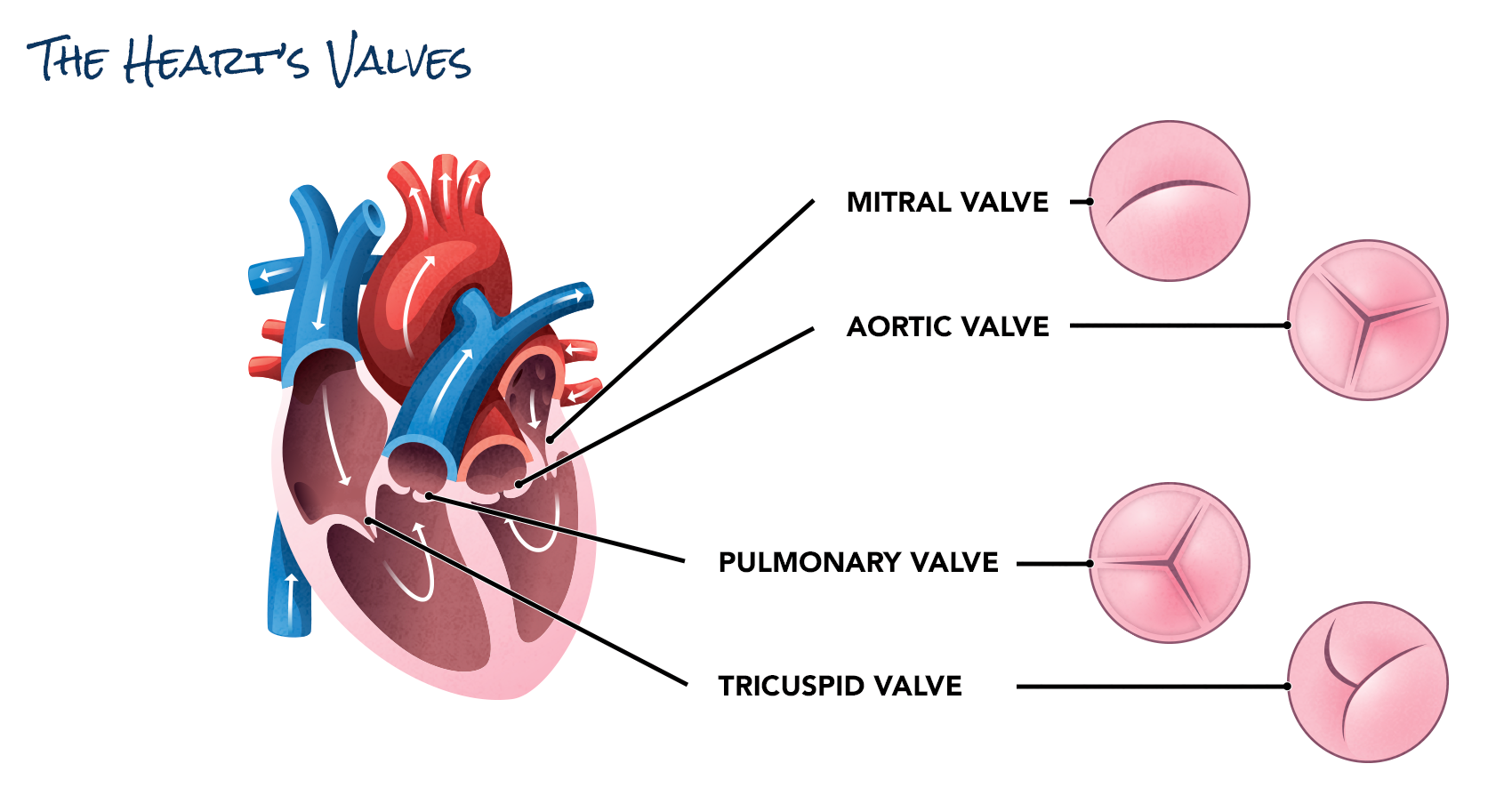Valve Repair & Replacement
Overview

The heart's four valves regulate the direction and flow of the blood that replenishes the oxygen supply throughout your body. When these valves are damaged or malformed and do not work the way they should, the heart has to work harder. Over time this can weaken your heart, putting it and your other organs at risk. This is known as heart valve disease and can increase your risk for certain conditions such as heart failure, sudden cardiac arrest (when the heart stops beating), and stroke.
The mitral valve is the most commonly repaired valve, but it’s also possible to repair the aortic and tricuspid valves in certain cases, for example, for valves that have been damaged by infection. But even in this case, replacement is more common because the valve may still be deformed from scar tissue even after treating the infection and removing the dead tissue.
Depending on the nature and severity of your heart valve disease, your cardiologist may recommend one of the following procedures to repair or replace the problem valve:
- Catheter-based and less invasive surgical techniques – These treatment options are available to patients who are deemed too sick or who have other conditions that make them poor candidates for open-heart surgery. The first two approaches described below address two of the most common valve problems in the aging population: aortic valve stenosis (a narrowed opening in the valve) and mitral valve regurgitation (when the flaps of the mitral valve, called leaflets, no longer seal properly in between heartbeats and allow blood to leak “backward” to the left atrium).
- Transcatheter aortic valve replacement (TAVR, formerly TAVI) – TAVR is one of the newer, less-invasive methods for replacing the valve using a thin, flexible tube called a catheter.
- MitraClip or PASCAL – Both are catheter-based approaches to repairing the mitral valve.
- Valvuloplasty – This catheter-based procedure is used to open heart valves with narrowed openings.
- Transcatheter Pulmonary Valve Replacement – For some types of repaired congenital heart disease (CHD) less-invasive catheter-based methods to replace the valve exist.
Christian Banks Minimally Invasive Valve Procedures Get Teenager Back in Action

Thirteen-year-old Christian Banks just returned from a 31-day cross-country trip where he and his family visited 16 national parks and monuments. Watching Christian hike Bryce Canyon National Park in Utah, you would never believe that only a few short months prior, he had battled heart valve disease.